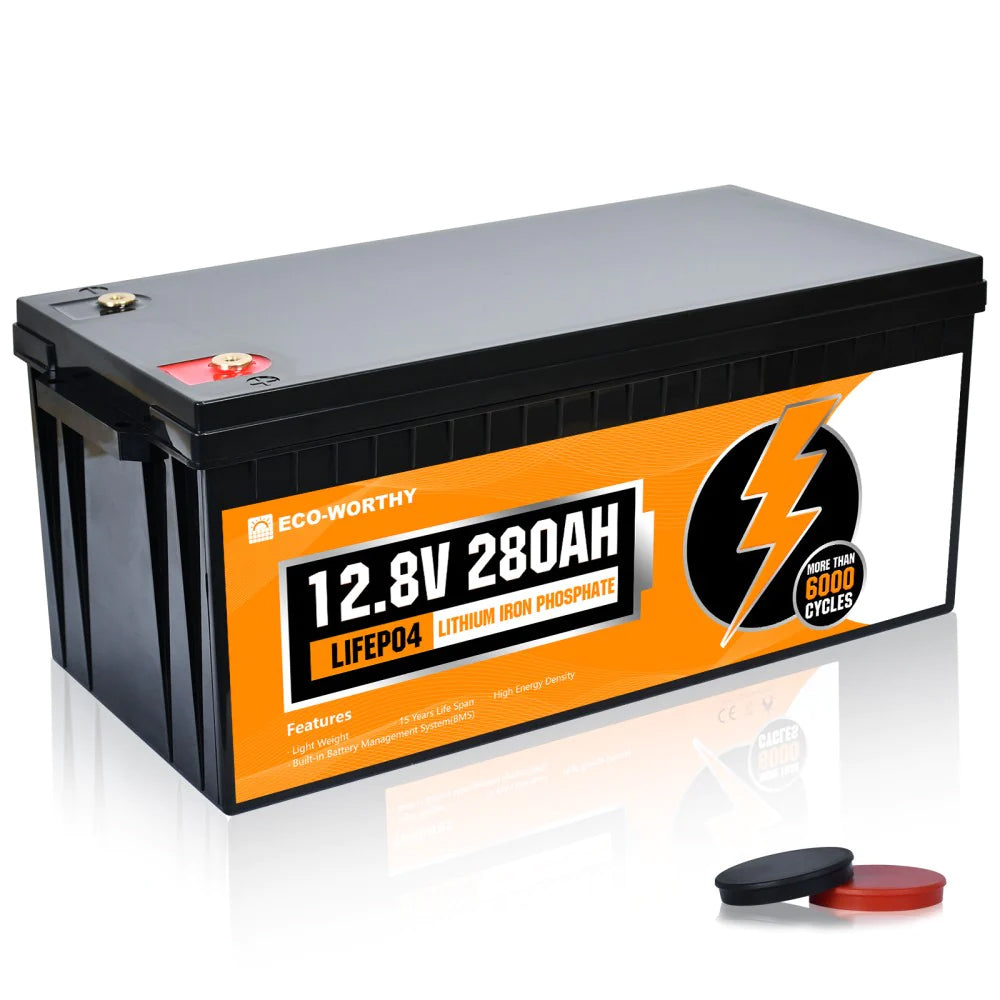The Future of Iron Lithium Batteries: How They Could Revolutionise Renewable Energy Storage
الجسم
The iron lithium battery represents a significant advancement in energy storage technology, particularly in the context of renewable energy. As the world increasingly shifts towards sustainable energy solutions, understanding the potential of these batteries is crucial for both consumers and industry professionals alike.

What is an Iron Lithium Battery?
At its core, an iron lithium battery combines the benefits of lithium-ion technology with iron, offering a more sustainable and cost-effective alternative. Unlike traditional lithium-ion batteries, which often rely on cobalt and nickel, iron lithium batteries utilise iron phosphate as the cathode material. This not only reduces the environmental impact but also enhances safety and longevity.
Advantages of Iron Lithium Batteries
- Cost-Effectiveness: Iron is abundant and inexpensive, making these batteries more affordable to produce.
- Safety: The thermal stability of iron phosphate reduces the risk of overheating and fires.
- Longevity: These batteries typically have a longer cycle life compared to their lithium-ion counterparts.
- Environmental Impact: With less reliance on rare materials, iron lithium batteries are more sustainable.
Applications in Renewable Energy Storage
As renewable energy sources like solar and wind become more prevalent, the need for efficient energy storage solutions grows. The iron lithium battery is particularly well-suited for this purpose due to its ability to store large amounts of energy and discharge it when needed. For instance, during peak sunlight hours, solar panels generate excess energy that can be stored in these batteries for use during the night or cloudy days.
Moreover, the scalability of iron lithium batteries makes them ideal for both residential and commercial applications. They can be integrated into existing energy systems, providing a seamless transition to renewable energy sources.
Challenges and Future Prospects
Despite their numerous advantages, the iron lithium battery is not without challenges. Research is ongoing to improve energy density and charging times, which are critical for widespread adoption. However, as technology advances, these hurdles are likely to be overcome.
In conclusion, the iron lithium battery holds immense potential to revolutionise renewable energy storage. Its cost-effectiveness, safety, and environmental benefits position it as a leading contender in the future of energy solutions. For those interested in exploring this technology further, consider visiting  for a range of options.
for a range of options.






تعليقات